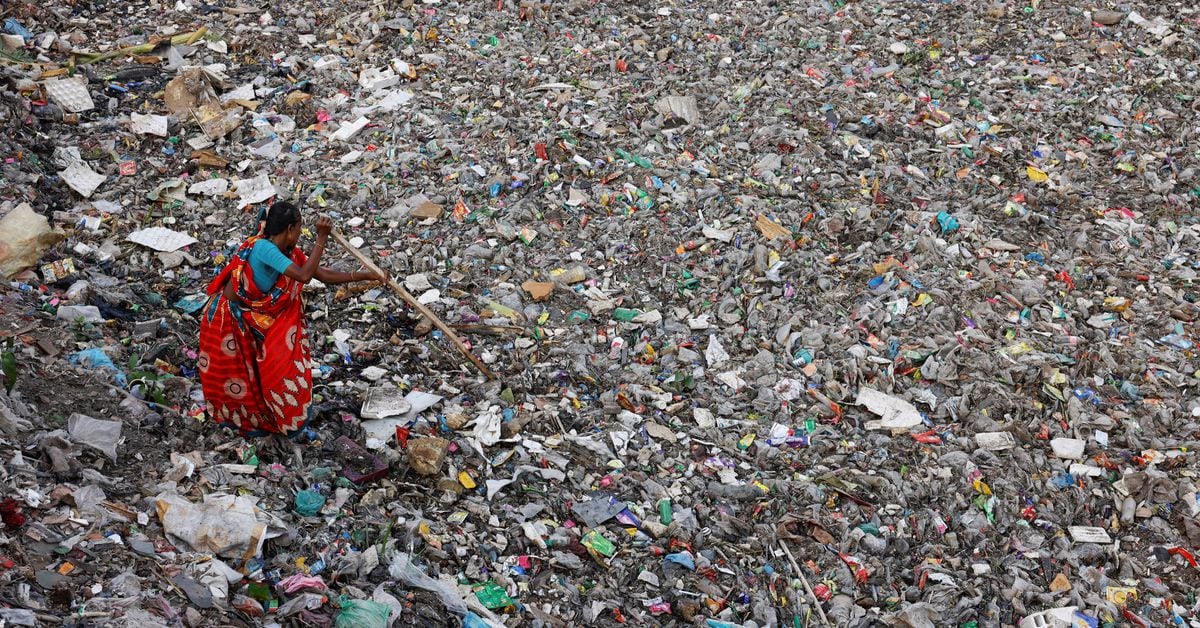Nice.
Nice.
Here in Korea Coupang - the biggest online store like Amazon - sends food in those reusable containers which they collect next time they deliver something to you or your neighbors: https://www.aboutcoupang.com/English/news/news-details/2022/Rocket-Delivery-Building-the-future-of-sustainable-commerce/default.aspx
In the System Change scenario, if consumers received 20 euro cents back when they return packaging to seller, it would lead to significantly lower net costs for returnable beverage and personal care bottles compared with single-use options.
I’m skeptical. I remember when you could get 10 cents back for every glass bottle you returned here in Indiana when I was a kid and people still didn’t bother. And 10 cents then was worth a lot more than 20 Euro cents now.
Also, isn’t most plastic packaging non-recyclable anyway?
We have that cashback system in Germany, each bottle has between 7 to 25 cent surcharge and it works extremely well. And those bottles are basically pure PET, which is extremely recyclable.
And reusable is nearly always better than recyclableExcept this …
When scientists examined pellets from recycled plastic collected in 13 countries they found hundreds of toxic chemicals, including pesticides and pharmaceuticals. The results are published in a study led by scientists at the University of Gothenburg.
https://phys.org/news/2023-11-scientists-hundreds-toxic-chemicals-recycled.html
Sure it does work well because I am losing money in case I don’t bring it back. I really hope it just stays with the bottles and not implemented for other packaging.
It’s always picked up by people to get money in Germany and Denmark (if the original purchaser doesn’t get it back).
Also, isn’t most plastic packaging non-recyclable anyway?
Polyethylene (grocery bags (LDPE), drink containers (PET), ziploc bags (MDPE), etc.) and polypropylene are both relatively easy to recycle.
Polystyrene (styrofoam), and PVC are not.
How much energy does recycling them use? Because that’s another issue I see. If recycling LDPE, PET or MDPE ends up having a bigger carbon footprint than just throwing them away, that should be a factor.
It shouldn’t, because the energy can be green.
You have to sort the plastic, shred it, wash it, melt it, and form it. It takes time, energy, and money. It isn’t free and it is right to recognize that. I don’t think there is a way that recycling can have a lower carbon footprint than just outright throwing something away.
That said, if you’re throwing something away and need to manufacture something to replace it, I’m not sure that you shouldn’t be comparing the carbon footprint of recycling to the carbon footprint of new manufacture rather than disposal.
It isn’t free and it is right to recognize that.
They’re paying people to recycle, they’re not charging them for it. So it is free for people to recycle and whoever is paying for recycling is losing money.
But otherwise, fine.
I only meant free in the sense that recycling obeys the laws of thermodynamics. You don’t get something for nothing.






